2016 Interior Design Trends - WOW
/ Unico Real Estate/ Guest User2016 Has shown us some pretty awesome interior design trends. Take a look at the list below courtesy of ELLE Decor!
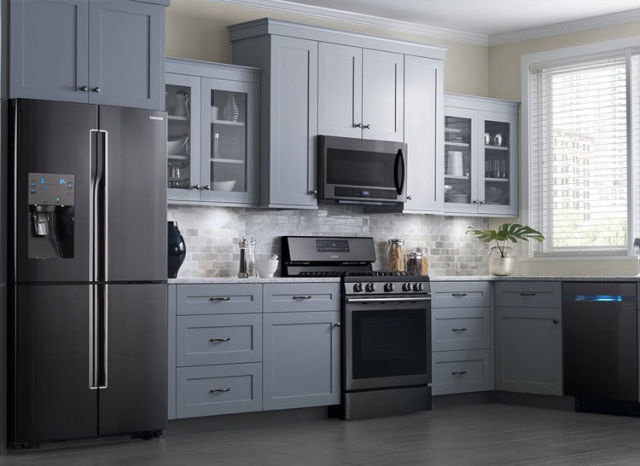
The most popular appliance colors seem to change every few years — remember the days of pastel ovens ? — and this year, polished stainless steel made its way out . Instead of gleaming silver appliances, sleek black stainless steel were sought after.

This year, designers looked to the big, blowsy blossoms of the past, filling fashion runways and the home with blooming granny florals. Take this Vivienne Westwood rug ($7,830, The Rug Company), for instance, or check out this entire collection of trending floral items.

This year, we were beyond ready for sit-down family meals to make a comeback, and thankfully, more homeowners opted to keep their formal dining rooms instead of converting them into media rooms or offices, says Houzz. Plus, many of them were über-stylish, like this pale purple number here.
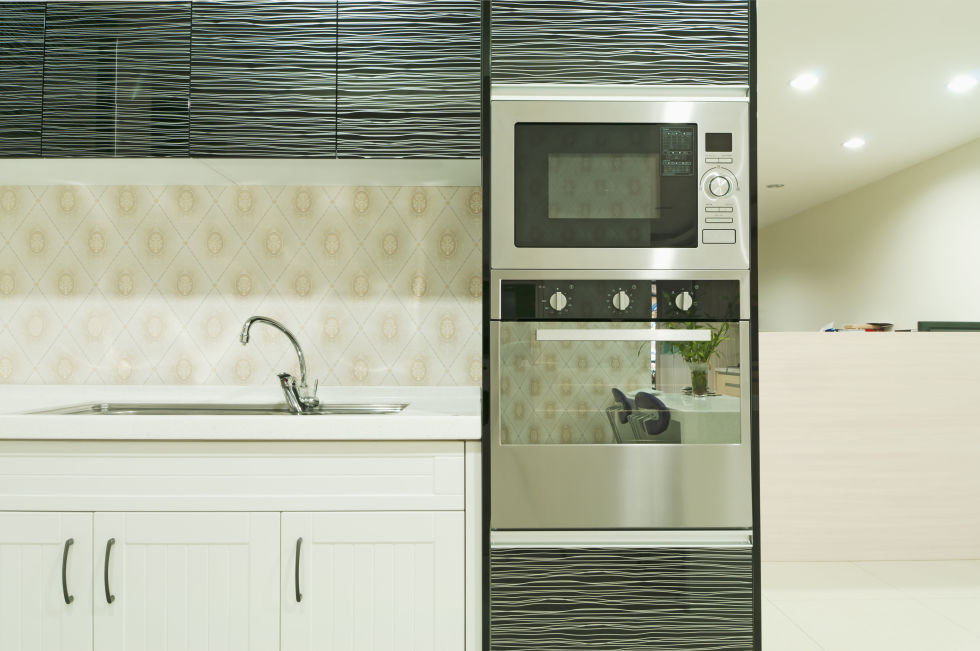
While there's nothing wrong with an all-white kitchen, there's something extra special about going bold like homeowners did in 2016 and adding a little color or texture to the space. You could even try pairing two different cabinet styles together — we have to say, the result is pretty stunning.

Marble was huge at this year's NY NOW showcase. This trend was all about small touches of luxury—think: candleholders, coasters, planters, and ultra-cool clocks like the one shown here ($150, Etsy).
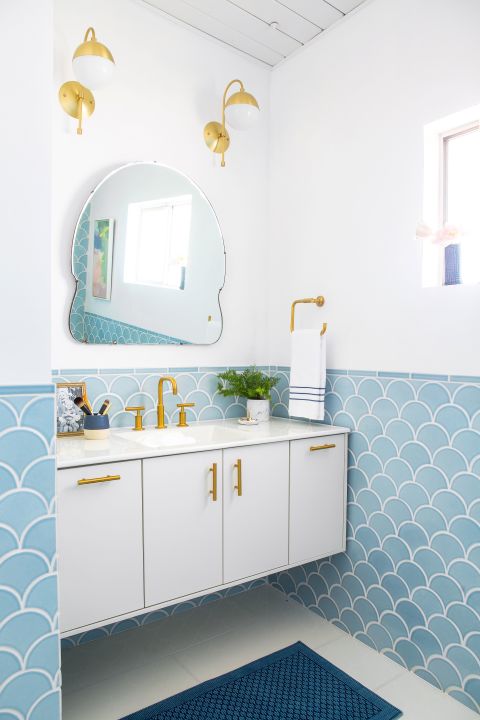
A plain rectangular mirror certainly gets the job done, but this was the year of the statement mirror, reports Houzz. There's no denying how much this singular detail can add to an oft-overlooked space like the bathroom.
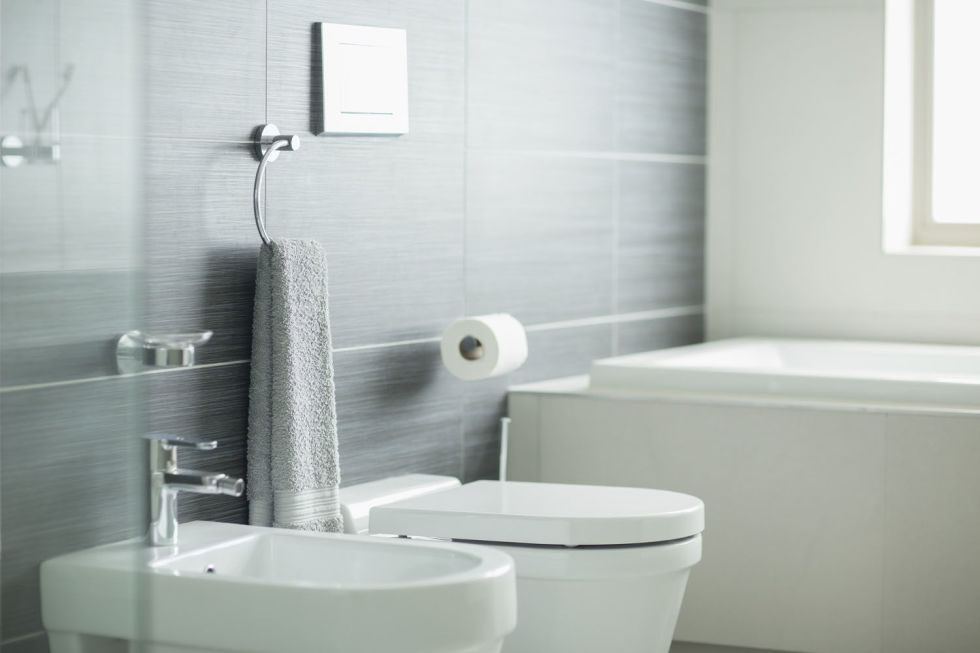
Bidets have never really caught on in the United States in the past, but now that high tech toilets can come with a bidet feature, they're slowly rising in popularity.

Tech-filled homes certainly aren't going anywhere, but this year, more and more families have opted to keep their family rooms unplugged in order to facilitate more family time, says Houzz. This stunning digital-free living room is proof that a house can look smart without being full of gadgets.

Raffia, the humble material evocative of tropical breezes and beachy getaways, weaved its way into home items this year — take, for instance, this crocheted raffia pillow ($75, ABC Carpet & Home).

These charming home accents — even non-working fireplaces — once again became the focal point of rooms this year, reports Houzz. Instead of placing a large TV above the fireplace or ignoring it all together, people are now arranging their furniture to put the fireplace center stage.

Playful colors made a splash in 2016, with rainbow shades appearing on everything from bookshelves like this one (price upon request, Property Furniture) to shoes.

Bathrooms are the one space that seem to constantly end up overrun by clutter, but this year was the end of that. It's time to take your bathroom back, and to achieve that goal is to introduce some homey items — like the plush seating here — into the space.
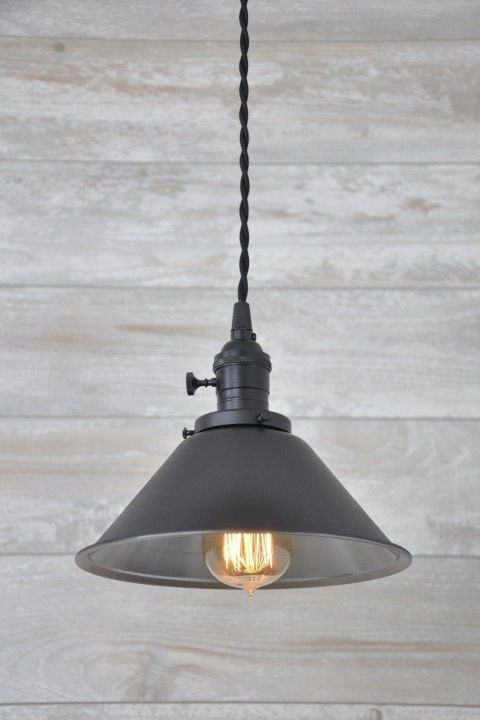
Last year was about all things metallic. This year, Etsy vendors used the exact opposite texture in their goods, including oxidized metals, matte glazes, and chalk-finish paints — such as with this snazzy light fixture ($90, Etsy). Even matte paints on walls appeared as a notable trend this year. The best news? Matte finishes and paint look amazing next to metallic objects, so you can still hang on to all of those luxe gold and copper items you picked up last year.

This was the year that sparkly rocks were applied to just about everything— the "unearthed" geode aesthetic appeared on wedding cakes, bottle stoppers and plenty of home decor, including these gilded bookends ($875, Aerin).

Though minimalism continued to be a prevalent design trend this year, many designers added a dose of luxury to their spaces with pops of faux fur. The irresistible texture appeared in blankets, rugs, pillows and even wall decor in a variety of spaces, from bedrooms to offices and dining rooms.

Things got edgy in 2016, and we're not complaining. From triangular prints appearing on home decor items like this pillow ($54, AllModern), to the newest trend of combining hardware floors with hexagonal tiles, geometrics shaped up to be a noticeable trend in the design world this year.

Designers were quick to weigh in on the luxury parlor games trend this year, and the Maison & Objet theme at Paris Design Week this year was "House of Games." Games on the market now range from lacquered backgammon sets like this one ($395, Jonathan Adler) to dominoes and chess sets.

This year, designers said farewell to cliché neutrals like taupe and instead introduced "new neutrals," such as the blush tones found in this room. Other neutrals used this year included silver and pale blue.

What started off as a "rustic" trend found mostly in country homes made its way into city settings this year, with designers combining shiplap with common urban materials like brick and concrete for a modern aesthetic. Thank you, Chip and Joanna Gaines.
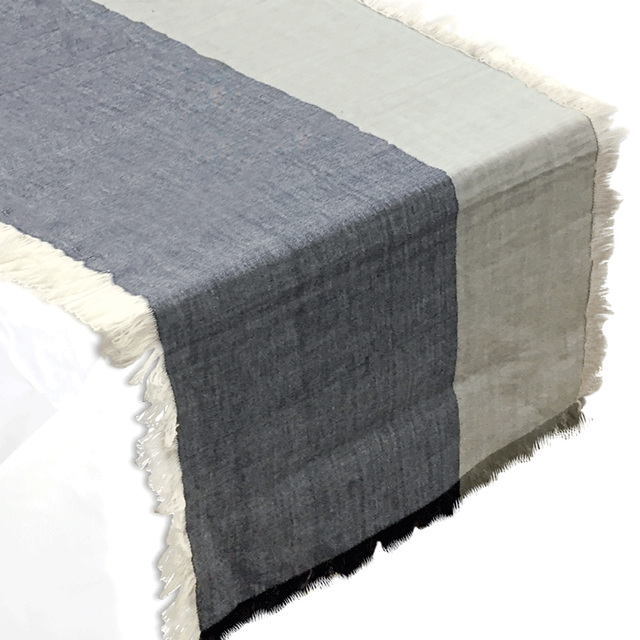
Whether in gradients that evoke the ocean like this navy and mist runner ($44, Pehr) or in more structural design like blue swirl lamp bases, waves swept 2016 with a refreshing air of movement and tranquility.

Mudcloth and shibori textiles were everywhere last year. But this year? Colorful embroidered and woven fabrics have taken their place. Think: vivid Guatemalan designs and Turkish Kilim pillows like this one ($88; Leif).




